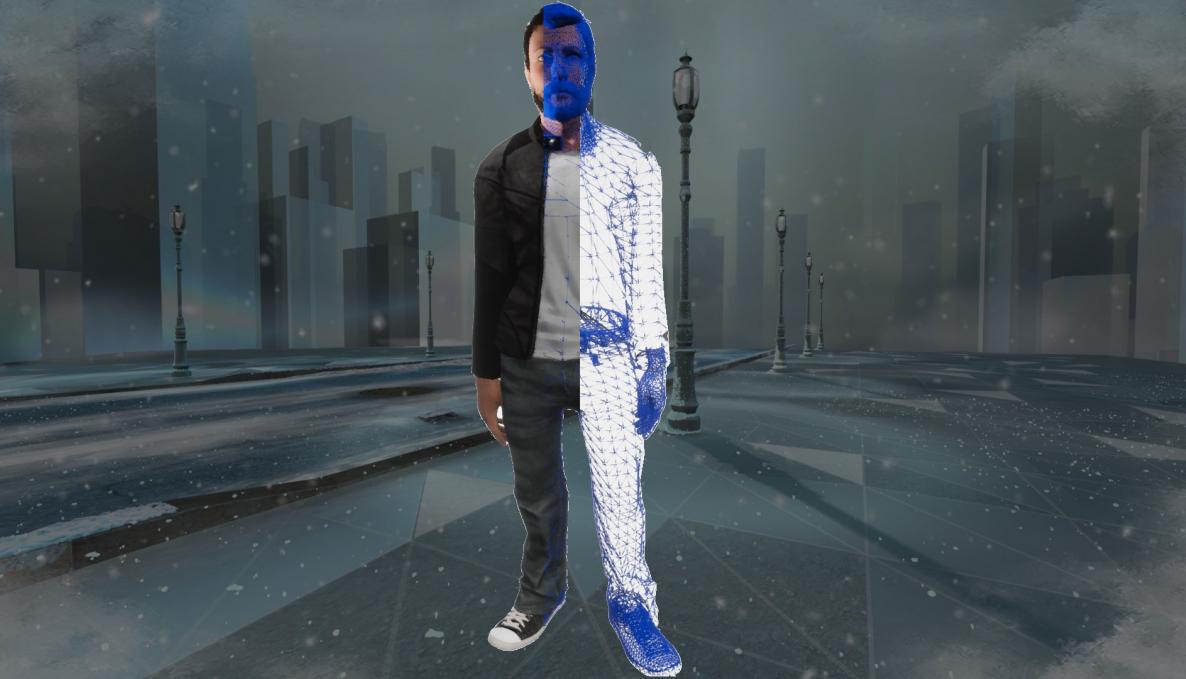The FESTIVAL of rOBOTICS: virtual humans, virtual actors and avatars in a conference by tecip institute percro lab

Research has been going on in the field of Virtual Environments. Virtual Humans and Virtual Actors play a key role in the simulation of ergonomic work environments; they act as the digital counterpart of a real entity and provide the human factors required in a wide range of manufacturing industries, enforcement agencies and health sector services.
The conference “Virtual Humans”, organized by Massimo Bergamasco, director of the TeCIP Institute at Sant’Anna School, will focus on the methods needed to portray virtual humans suitable for real interactive applications. Researchers Marcello Carrozzino and Alessandro Filippeschi will describe the state of the art and then examine the particular approach taken at Sant’Anna School with the real-time virtual humans’ technical issues, such as appearance and motion, interactive control, autonomous action, gesture, attention, and locomotion.
Carrozzino and Filippeschi will give lectures on Umani virtuali per la promozione e la disseminazione della cultura and Effetti delle misurazioni virtuali sul comportamento degli umani virtuali discussing the Avatar functions in the performance arts, the visual embodiment of the user and means of interaction with Networked Virtual Environments. These virtual humans, as embodied agents, will be more and more autonomous. Sensors and computer applications will measure the agents’ features: the visual appearance, behavior, voice, and even their “artificial” intelligence. These attributes are social markers that influence the social (representation of self) and professional relationships that users establish with others through their avatars.
The conference will be held at Domus Mazziniana - Via Giuseppe Mazzini 71 on October 2, 10.00 am – 1.00 pm.
Conference topics:
- Massimo Bergamasco: Introduzione
- Marcello Carrozzino: Umani virtuali per la promozione e la disseminazione della cultura
- Lorenzo Landolfi: Intelligenza artificiale per umani virtuali
- Alessandro Filippeschi: Effetti delle misurazioni virtuali sul comportamento degli umani virtuali



